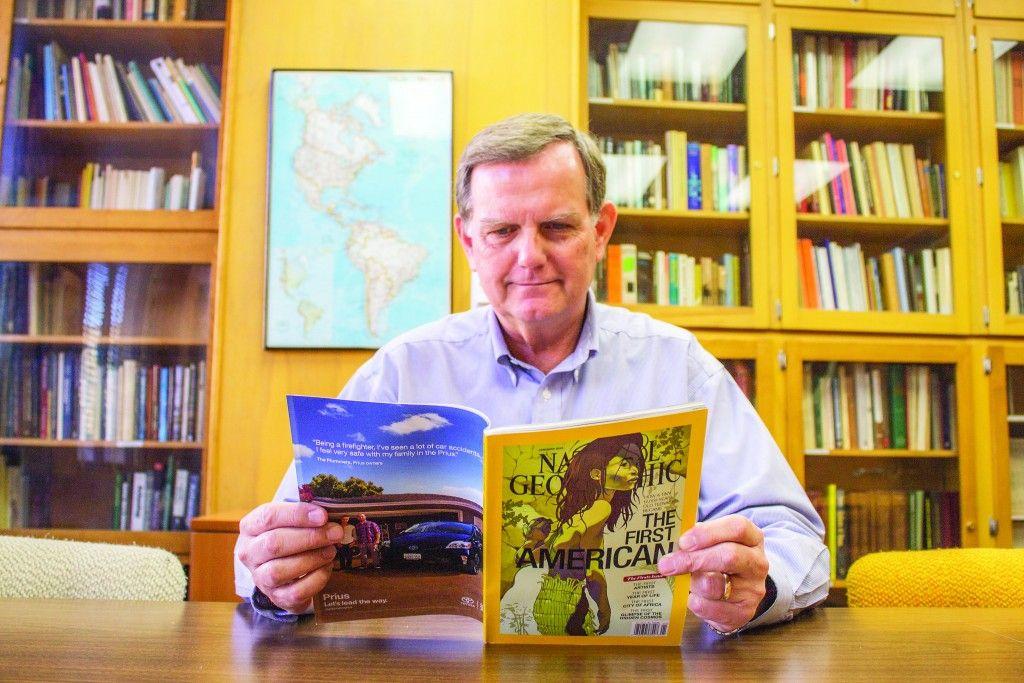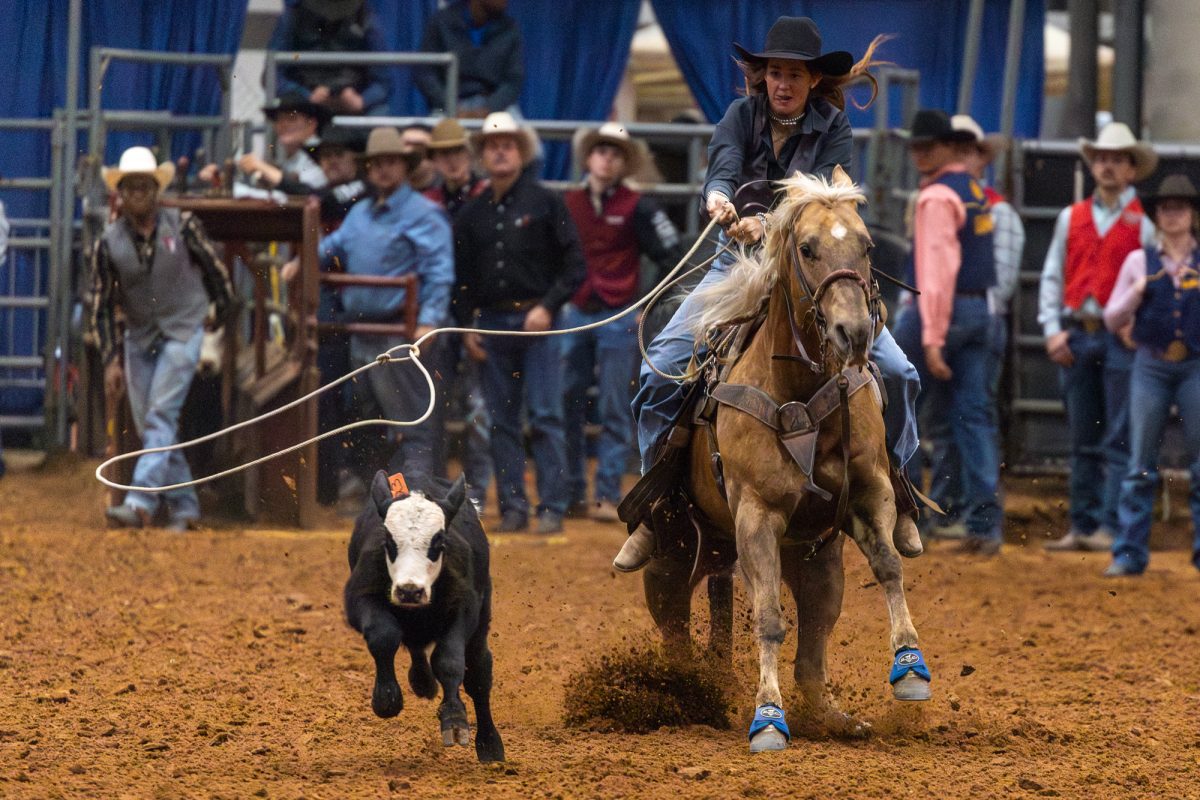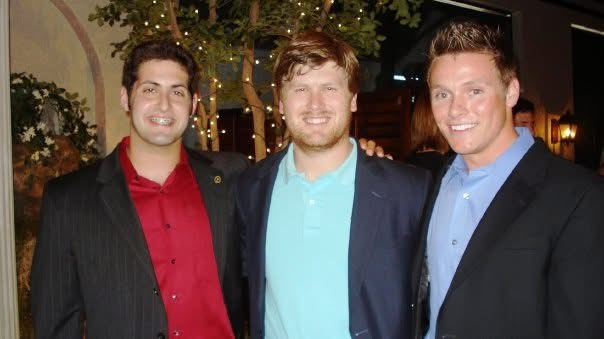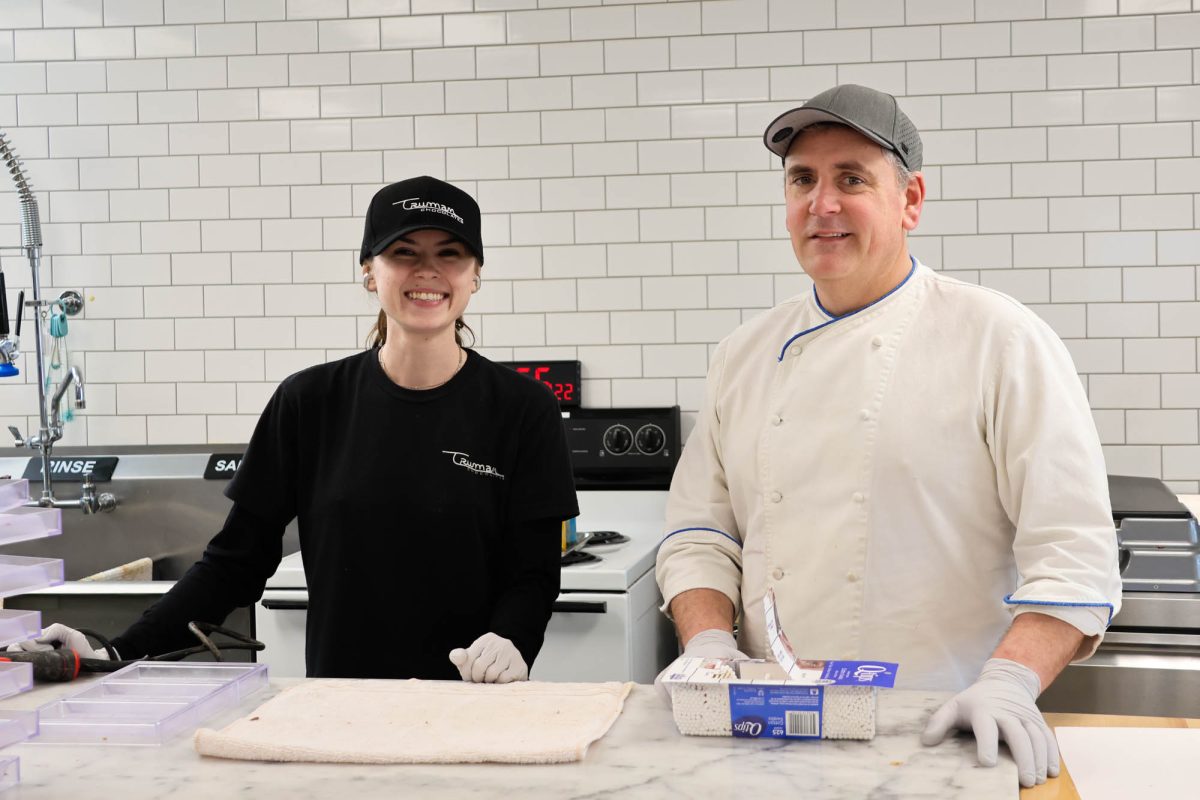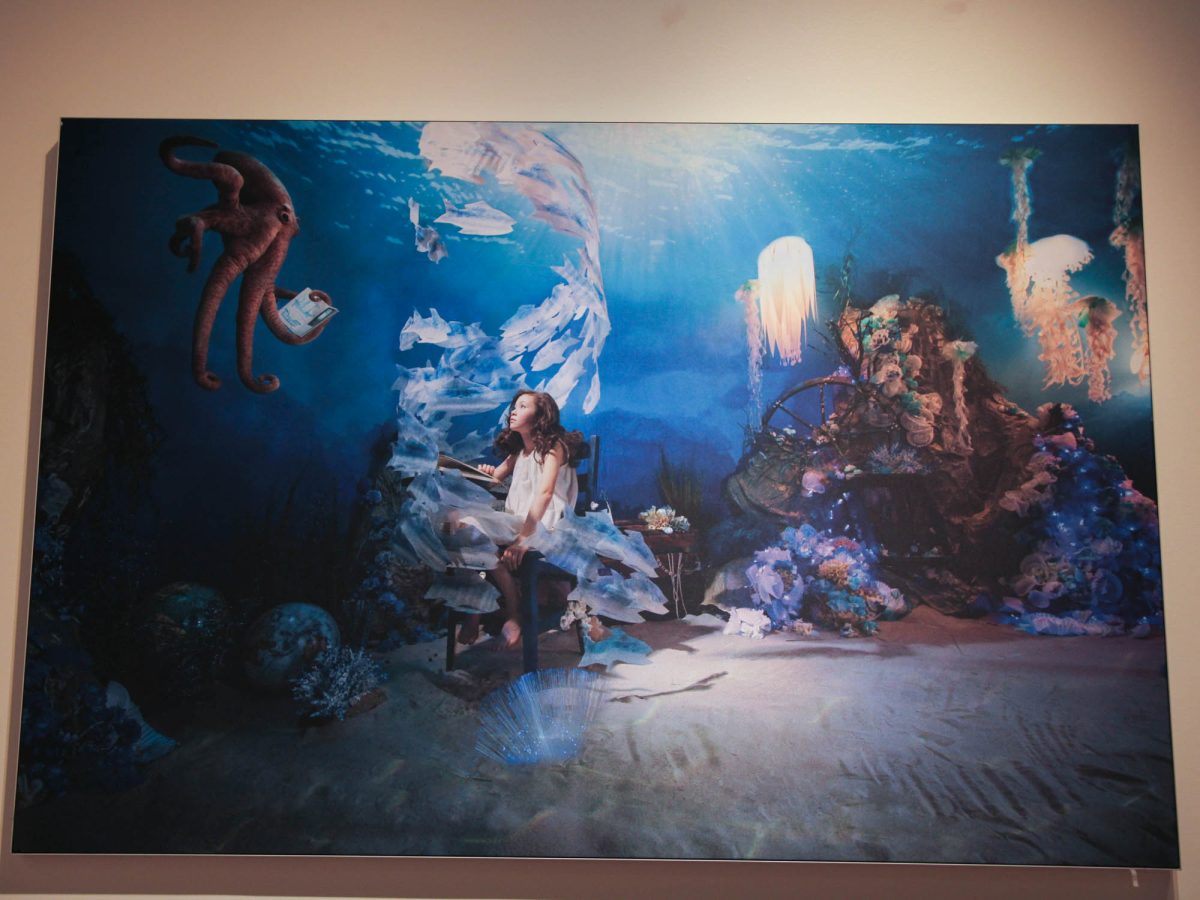The discovery of human skeletal remains belonging to a teenage girl in a Yucatan cave changed what archeologists thought they knew about the first inhabitants of the Americas. As part of a National Geographic article explaining the 12,000-13,000 years old skeleton of the young girl, Anthropology professor Michael Waters was sought out to shed some light on the western hemisphere’s earliest inhabitants. Katie Canales, life & arts editor, sat down with him to discuss the field research he is a part of.
THE BATTALION: How does your work in the field continue your current focus on the first inhabitants of the Americas?
WATERS: Where we gather our data to make our interpretations is by going out into the field, so we need to go locate sites that have evidence of the first Americans, which isn’t always easy. Sometimes you have to do surveys, look around, and depend on people to tell you if they find things. And then actually get out into the field and test and excavate [the things at] those sites. Because it’s from the excavations of sites every summer that we get stone tools and the bones and material for radiocarbon dating that we can then determine the age of the archeological site and the artifacts we find there and then compare them to other sites. So eventually as soon as you start doing this enough and other people are working in the field too, then you can compare what you find to what they find and you can put together a large picture of what it looked like at the beginning of the Pleistocene [the last ice age].
THE BATTALION: The site that you are known to work on, the Friedkin site in Central Texas, shows the earliest signs of habitation in the Western hemisphere. Are there other sites in this region that have similarly early findings?
WATERS: It’s one of the earliest sites in North America and South America, in the Americas for sure. It’s dated until about 15,000 years ago. But there are sites, like in Wisconsin there’s a site that dates 14,800 years ago, and we’re working on a site in Florida that dates 14, 400 years ago and we worked at other sites that are 14,000, 14,200 years old. So they’re kind of all in the same ballpark, the 14,000-15,000 year range. And prior to investigating those early sites, there was a ruling idea that the first people to have come to the Americas were known as Clovis and they had these large lancelet spear points and it was thought that they came through the Ice Free Corridor and very quickly populated north America and then moved all the way within a thousand years to the southern tip of South America. And those Clovis sites date roughly to around 13,000 years ago, the oldest ones. But what we’re finding at the Friedkin site is evidence of people being here 2,000 years before Clovis, 15,000 years before Clovis, 1,800 years before Clovis. And so it’s showing that there were people here before Clovis and it’s probably from these early people that Clovis developed.
THE BATTALION: Is that the group of people that the teenage girl whose bones were discovered belonged to?
WATERS: [Jim Chatters] has a specimen that dated roughly between 12,000 and 13,000 years ago, he never got a firm age on it. But that would base it within the realm of the Clovis time period, that would be the characteristics of the Clovis people. And it’s from them that the Native Americans evolved.
THE BATTALION: Is the naming of these people related to Clovis, New Mexico?
WATERS: Yeah, that’s where the name came from. And it also mentions in the article another site we worked on called the Anzick site, there was a picture of the reburial in there with Sarah Anzick, and that site was very important because it provided the first genome level data for an early specimen. And what that showed us, what that genetic evidence showed us, was that the very first people that came to the Americas came from somewhere in northeast Asia and there was likely a single migration into America. And that’s why you see the revised maps and revised thinking in that national geographic article.
THE BATTALION: What is the significance of the similarity between the pre-Clovis artifacts found at Buttermilk Creek where you worked and artifacts found up North at sites in Virginia, Pennsylvania and Wisconsin? What’s the pattern?
WATERS: If you look at the genetic evidence, the genetic evidence is saying that people were in the Americas before Clovis and that there was a single migration of people into the New World South of the ice sheets which covered all of Canada, and then it was from this hearth population that Clovis emerged, because Clovis wasn’t a separate migration in the Americas. And then from there gave rise to all modern living Native Americans. And so what we’re seeing across the continent at these various sites, at the Friedkin site and at Page Ladson and Meadowcroft Rockshelter and up in Wisconsin and Manis Mastodon site, is a kind of artifacts that could be the precursors to Clovis. So these people made bifaces, in other words they were flaking stone on two sides, they had tools that they made out of bone and ivory and antler, they also made these distinctive artifacts we call blades. Those are all the rudimentary kind of technologies that you would have to have in what is now the United States to eventually become Clovis. There’s a kind of continuity there.
THE BATTALION: Do all of the discoveries at each of these sites in the United States trace back to Asian origins?
WATERS: When you put all of this evidence together, form going out every summer and digging sites and then doing ancient DNA on human skeletal remains, it’s starting to paint a new picture of the first Americans. And what its showing is the first people came in along the coast, probably 15,000 to 16,000 years ago. They came along the Pacific coast and then probably entered in California or they could have entered in the Columbia plateau area, because the first river they would have encountered would have been the Columbia River, and then they probably made their way inland. And so we start picking up evidence of these first Americans at sites like Friedkin and Page Ladson and those other sites that I mentioned, and so we’re seeing this kind of low population density across North America, but those people are the ones that are actually exploring and colonizing the United States for the first time. And then from that population base since we know there was only one population that came into the Americas, one migration of people, its form those people that all the later sites developed. And so from that rose Clovis and Folsom and later peoples to the civilizations you see down in Mesoamerica. All of those sites are related, like the very early ones that [the national geographic article] talked about are just the evidence of all the sites that were there before Clovis and then Clovis has its set of sites like Anzick and the Gault site here in Texas and man of other sites. And then all the other sites are building the story of the prehistory of North America.
Waters said it’s important to communicate their scientific findings with the public and that he is honored to have his research and the research of the Center featured in National Geographic magazine.
Prof’s research featured in ‘National Geographic’
January 19, 2015
Photo By: Shelby Knowles
Anthropology professor Michael Waters is part of a research team that conducts field exploration to expand on current knowledge of the Americas’ earliest inhabitants.
0
Donate to The Battalion
$1765
$5000
Contributed
Our Goal
Your donation will support the student journalists of Texas A&M University - College Station. Your contribution will allow us to purchase equipment and cover our annual website hosting costs, in addition to paying freelance staffers for their work, travel costs for coverage and more!
More to Discover




